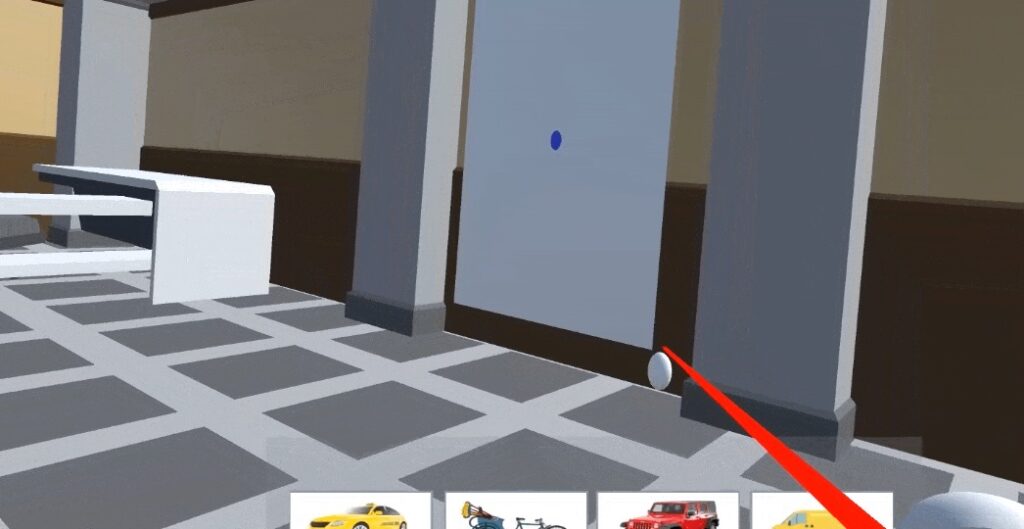
Augmented Reality (AR) collaboration can benefit from a shared 2D surface, such as a whiteboard. However, many features of each collaborator’s physical environment must be considered in order to determine the best placement and shape of the shared surface. We explored the effects of three methods for beginning a collaborative whiteboarding session with varying levels of user control: MANUAL, DISCRETE CHOICE, and AUTOMATIC by conducting a simulated AR study within Virtual Reality (VR). In the MANUAL method, users draw their own surfaces directly in the environment until they agree on the placement; in the DISCRETE CHOICE method, the system provides three options for whiteboard size and location; and in the AUTOMATIC method, the system automatically creates a whiteboard that fits within each collaborator’s environment. We evaluate these three conditions in a study in which two collaborators used each method to begin collaboration sessions. After establishing a session, the users worked together to complete an affinity diagramming task using the shared whiteboard. We found that the majority of participants preferred to have direct control during the initialization of a new collaboration session, despite the additional workload induced by the Manual method.
This work will be presented at the XRIOS workshop at IEEE VR 2025!
Proceedings Articles
Exploring the Effects of Level of Control in the Initialization of Shared Whiteboarding Sessions in Collaborative Augmented Reality Proceedings Article
In: 2025 IEEE Conference on Virtual Reality and 3D User Interfaces Abstracts and Workshops (VRW), pp. 1101-1109, 2025.
